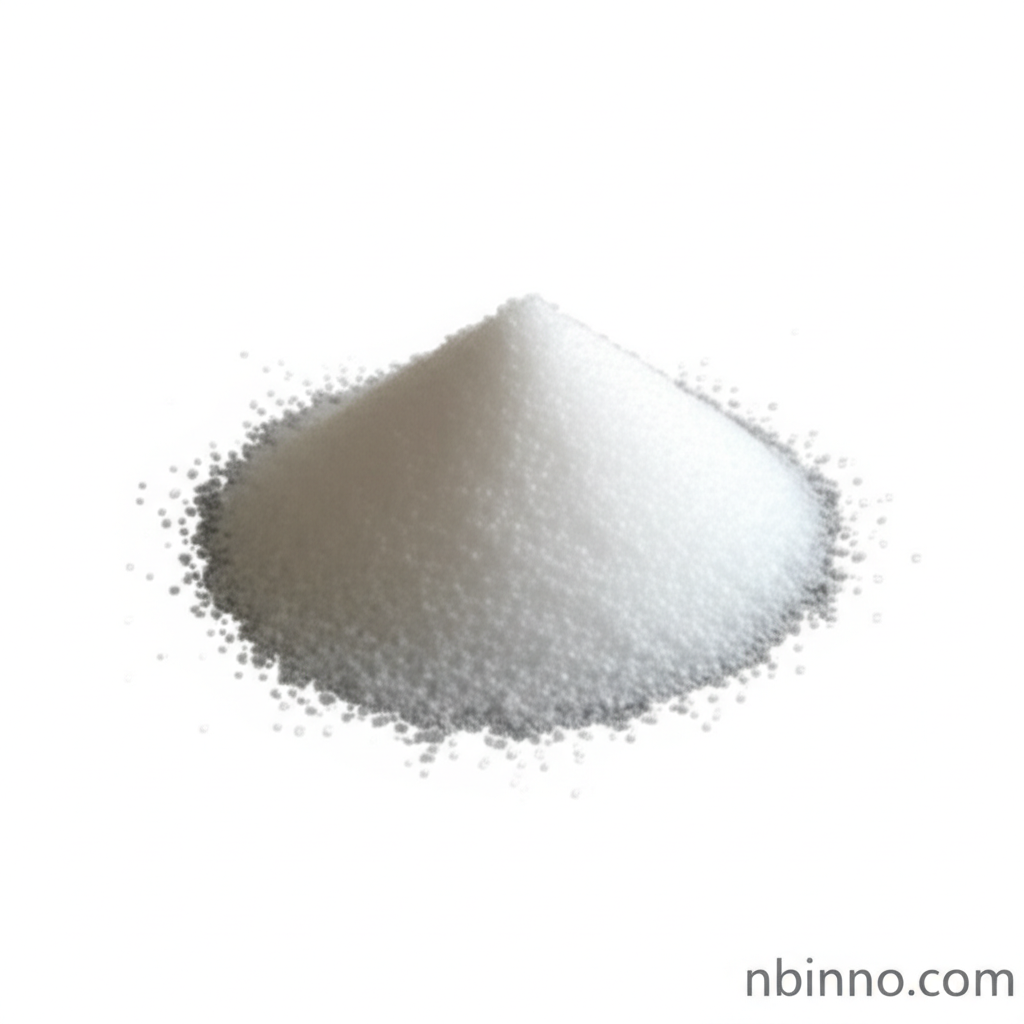2,6-Dichloroquinoxaline: A Key Intermediate for Herbicide Synthesis and Advanced Chemical Applications
Discover the critical role of 2,6-Dichloroquinoxaline in agrochemicals, pharmaceuticals, and materials science with insights into its synthesis and reactivity.
Get a Quote & SampleProduct Core Value

2,6-Dichloroquinoxaline
2,6-Dichloroquinoxaline is a vital chemical intermediate, primarily recognized for its essential role in the synthesis of Quizalofop-Ethyl, a widely used herbicide. Its unique structure and reactivity make it a versatile building block for a broad spectrum of applications across agrochemicals, pharmaceuticals, and advanced materials science.
- Utilized as a key intermediate for Quizalofop-Ethyl herbicide synthesis, contributing significantly to effective weed control in agriculture.
- Undergoes regioselective functionalization, allowing for precise modifications at specific positions, which is crucial for developing novel compounds with tailored properties.
- Serves as a versatile building block in organic synthesis, enabling access to a diverse array of quinoxaline derivatives for various research and industrial purposes.
- Finds application in agrochemical and pharmaceutical industries, highlighting its importance in developing crop protection agents and potential therapeutic compounds.
Key Advantages
Versatile Intermediate
As a key intermediate for herbicide synthesis, 2,6-Dichloroquinoxaline offers reliable pathways to essential agrochemical products.
Regioselective Reactivity
Its distinct reactivity at the C2 and C6 positions allows for precise regioselective functionalization, enabling targeted synthesis of complex molecules.
Green Synthesis Options
Advancements in synthesis include microwave-assisted and catalytic methods, aligning with green chemistry principles for more sustainable production.
Key Applications
Agrochemicals
A critical component in the production of herbicides like Quizalofop-Ethyl, aiding in efficient crop protection.
Pharmaceuticals
Acts as a valuable intermediate for synthesizing compounds with potential medicinal properties, including anticancer and anti-inflammatory agents.
Material Science
Derivatives are explored for applications in organic electronics, dyes, and fluorescent materials due to tunable electronic properties.
Research & Development
Essential for developing novel derivatives and studying structure-activity relationships in organic chemistry.
